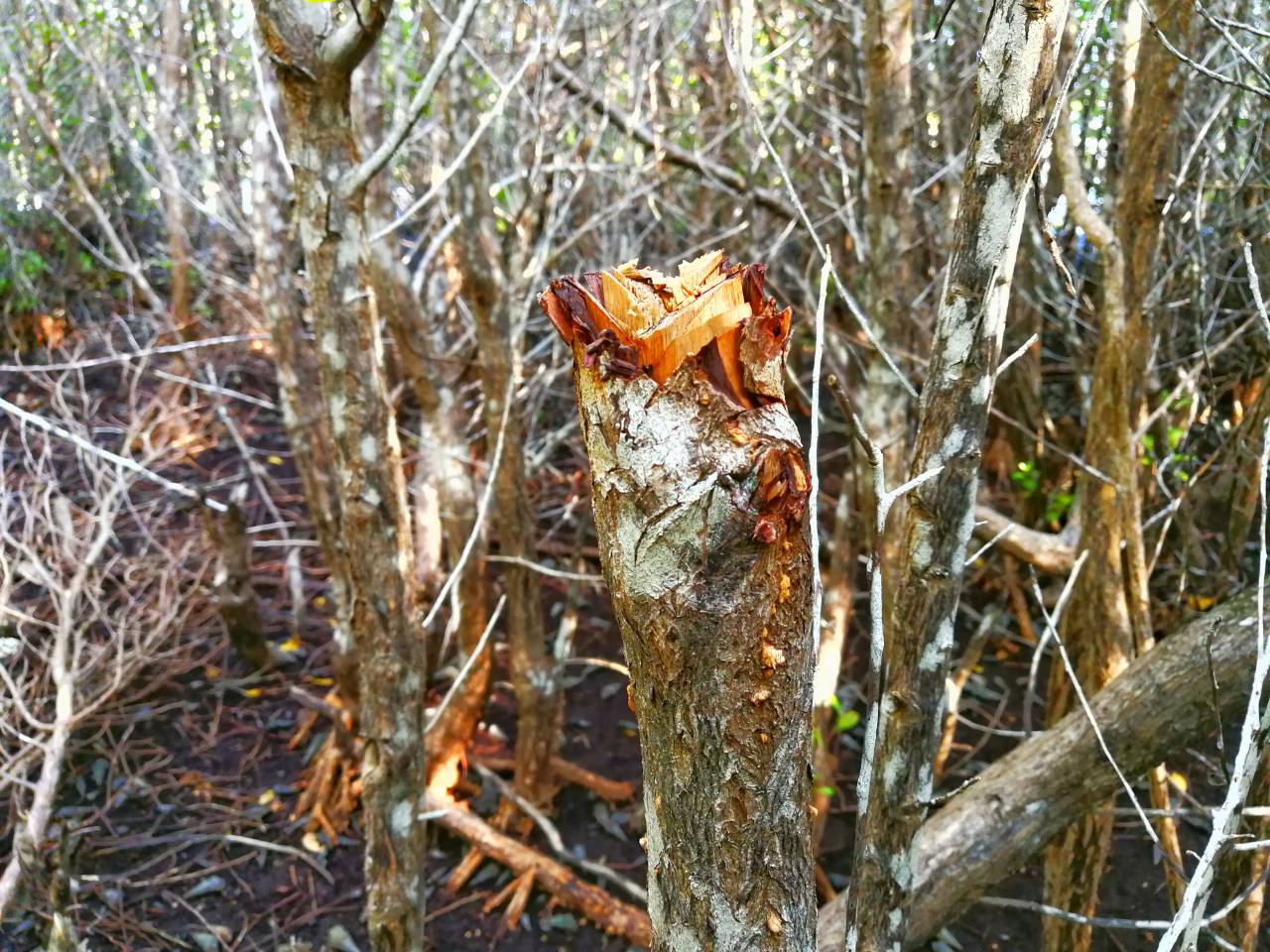2,500 trees to be cut down for Kulhudhuffushi airport
The Kulhudhuffushi council expects about 2,500 trees and plants to be cut down or removed from the island’s unique mangrove forest for the construction of an airport.

30 Oct 2017, 9:00 AM
The Kulhudhuffushi council expects about 2,500 trees and plants to be felled or removed from the island’s mangrove forest for the construction of an airport.
With dredging and land reclamation expected to begin in early November, the wetland area in the island’s northern end is now under the authority of the Regional Airports department of the tourism ministry, the island council president Abdul Latheef Hassan told the Maldives Independent.
“It is up to Regional Airports to decide when to cut down trees in the kulhi,” he said by phone Monday morning.
“We shared the land use plan of Kulhudhuffushi that includes the airport with the people before the end of July. We’ve also counted and marked the coconut palm trees two months ago after a request from the housing ministry and opened for complaints regarding the procedure.”
Become a member
Get full access to our archive and personalise your experience.
Already a member?
Discussion
No comments yet. Be the first to share your thoughts!
No comments yet. Be the first to join the conversation!
Join the Conversation
Sign in to share your thoughts under an alias and take part in the discussion. Independent journalism thrives on open, respectful debate — your voice matters.




